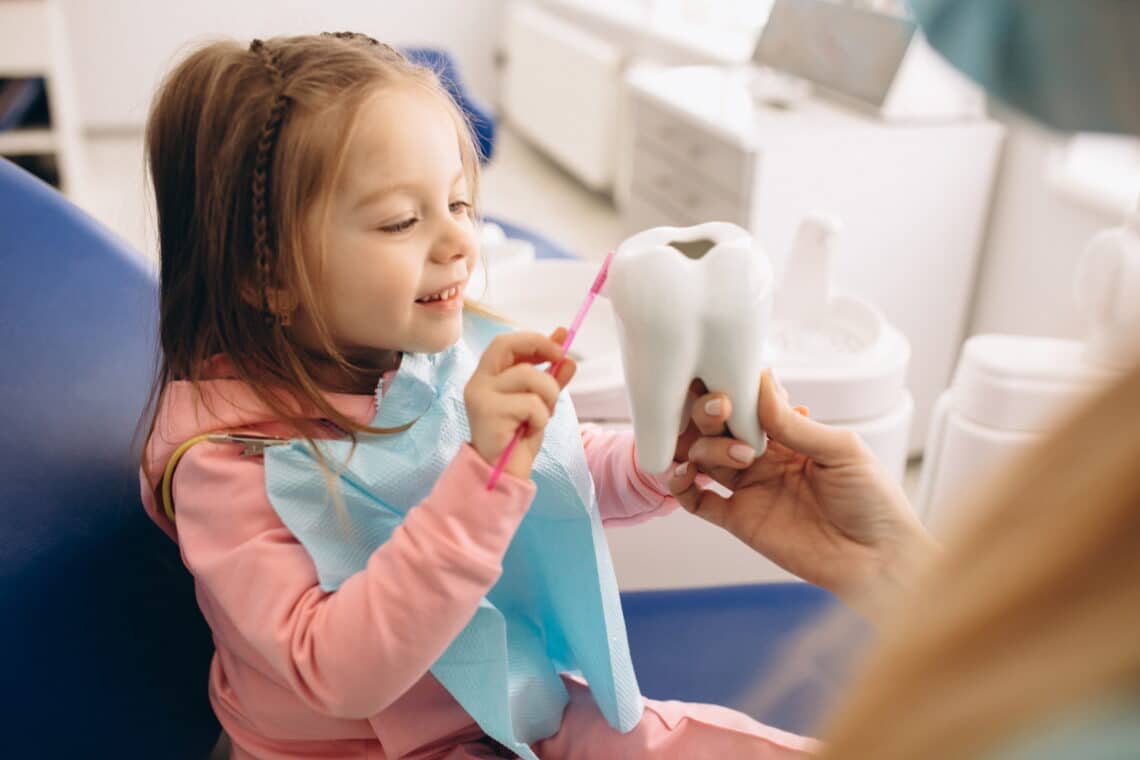
At some point, your child will transition out of a pediatric dentistry practice and into an adult-care practice. The moment at which your child takes that leap is individualized. Some people are ready to switch sooner than others.
But here’s what you need to know as you decide your child’s medical care decisions.
Where Does The Pediatric Dentistry Age Group Begin and End?
Your child should see a pediatric dentist very early in life. When teeth erupt from the gums, they can begin to decay. And if teeth touch, plaque and food collect.
Most American children don’t see a dentist until they’re 2 years old. Experts would like them to start those visits much earlier. If your child develops teeth by age 1 year, visits should start then.
There’s no set pediatric dentistry age limit, but looking at the medical field may help.
Most pediatricians stop seeing their young patients when they’re about 18 years old. Teenagers and young adults have very different medical needs than children, and they should address those concerns with the right kind of doctor. Moving to a family practice doctor is a wise choice.
Similarly, your child might consider aging out of pediatric dentistry when they graduate from high school or enter college.
Why Is a Pediatric Dentistry Age Limit Important?
A pediatric dentist is capable and qualified, and your child may enjoy those visits, but they shouldn’t continue the relationship indefinitely.
Pediatric dentists focus on oral health from infancy through adolescence. They work on:
- Cavity prevention
- Smile development.
- Corrective care.
With age, your child may need to focus on other issues. A smile might benefit from implants or veneers. Years of coffee may highlight a need for bleaching. And a stressful career could mean tooth grinding and associated damage. A dentist for adults can handle these issues better than a pediatrician.
Additionally, pediatric dental offices are made with kids in mind. Bright colors, shiny surfaces, cartoon characters, and other touches put children at ease. When the decor and environment begin to bother your child, it could be time to switch.
At Dison Family Dentistry, we offer services for both children and adults. We can help your child with pediatric dentistry concerns and we’re more than capable of helping adults too.
We’d love to chat with you about our practice, and how we can assist you. Contact us to find out more.
